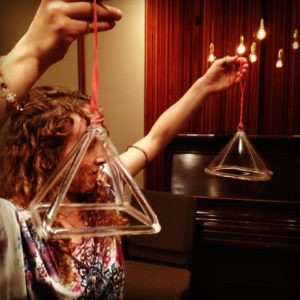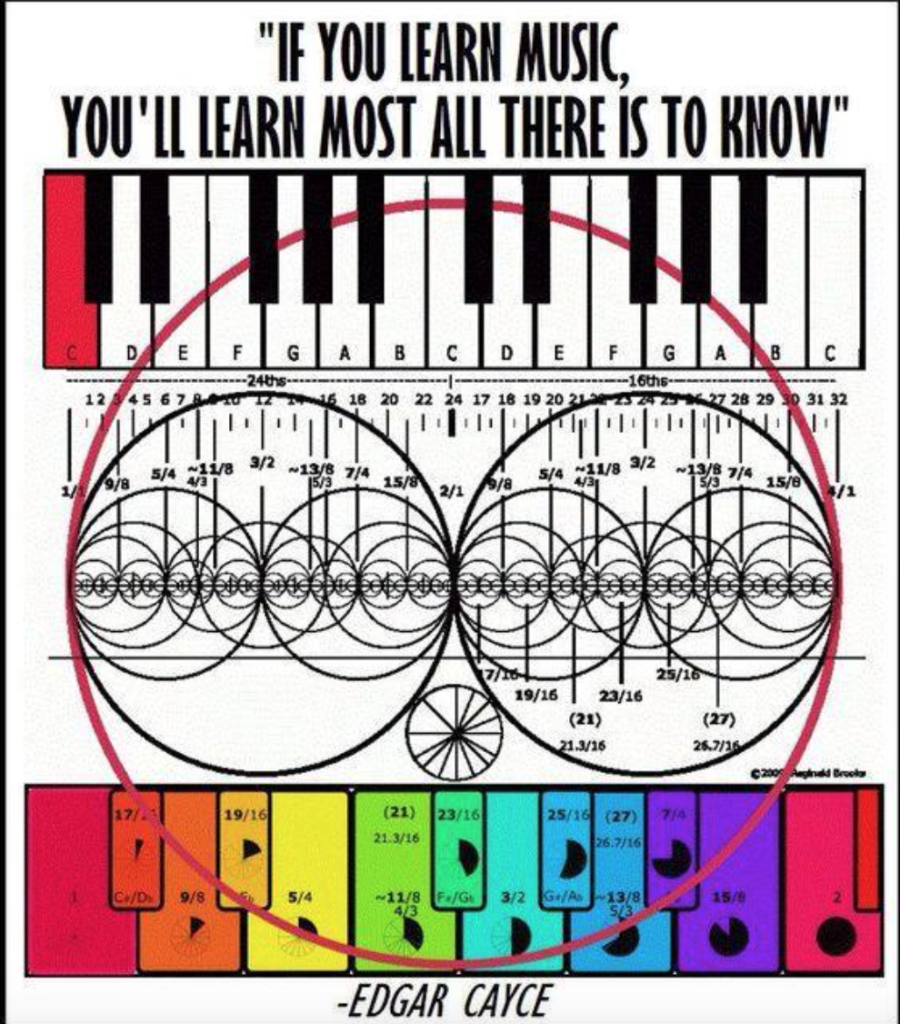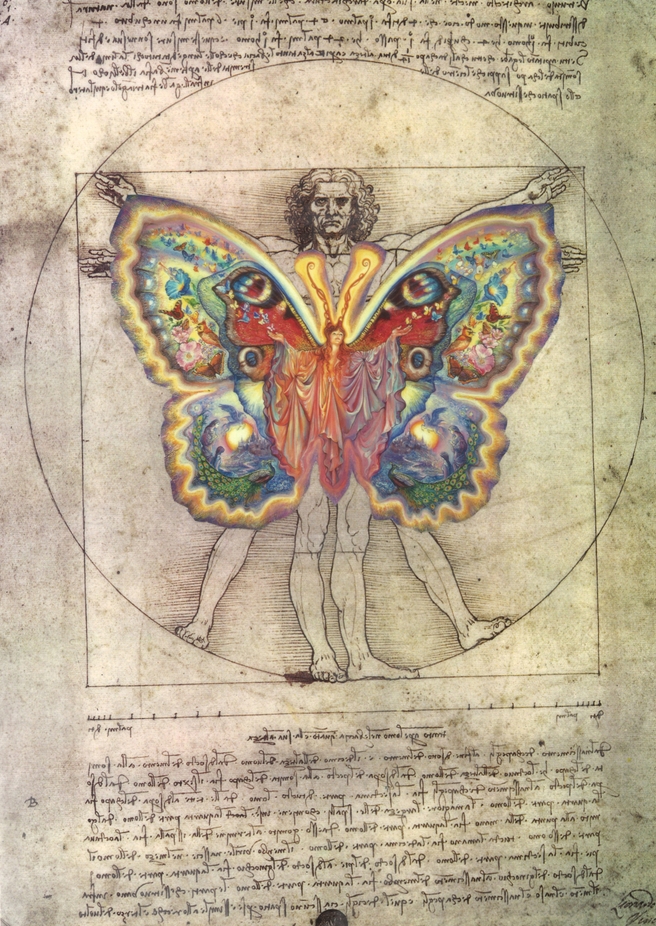We all know that sound in the form of music can affect our moods. Music can inspire such emotions as nostalgia, sadness, inspiration, happiness, wistfulness, fear, or comfort.

Sound has been used by every culture from every age to not only worship and praise the divine, but to heal, strengthen, rejuvenate and restore us physically, spiritually, mentally and emotionally. We know from our own experiences the power of music and sound in our lives. Now we are finding how well studied and documented this is. Don Campbell in his book The Mozart Effect outlines in depth how sound is being used in many therapeutic contexts, and how particular tones and rhythms help to bring more health, vitality, and clarity into the physical and mental bodies, unlocking the emotions and the creative spirit. Some information from his book is referenced below.
Music as medicine:
Therapists of all kinds — medical doctors, shamans, healthcare practicioners and, of course, musicians, are employing music to assist in generating endorphins responsible for assisting in dulling pain. The use of music both pre- and post-operating dramatically decreases the need for anesthesia. Some examples of this are:
• At Saint Luke’s Hospital in Chesterfield, Missouri, music therapy is provided in such areas as physical rehabilitation, respiratory intensive care units, stroke recovery, labor and delivery, psychiatry, breast cancer support groups, and general medical care.
• At Charing Cross Hospital in London, patients can listen to classical music while undergoing local anesthesia before surgery. It has been reported in New Scientist that those who elect this form of music therapy have fewer complications and recover more quickly.
• Music is being studied also by assessing the impact on physicians who do surgery. They each selected the type of music they preferred. It was found that they had lower blood pressure and a slower heart rate and could perform mental tasks more accurately and quickly.
• Dr. Paul Robertson, visiting professor of music and psychiatry at Kingston University in Ontario, Canada, cites studies showing that patients exposed to fifteen minutes of soothing music require only half of the recommended doses of anesthesia and sedatives for painful operations.
• Harp music is being used in place of tranquilizers and painkillers for cancer patients and other seriously ill patients at University of Massachusetts Medical Center in Worchester.
Many other examples of this are available. Music as therapy is among the most profound innovations in healthcare today.
Music in the workplace:
 Music in the workplace has been shown unquestionably to raise performance levels and productivity by reducing tension and stress, as well as masking irritating sounds. A side benefit of this is reduced health-care costs from fostering a sense of well-being. In 1997, it was reported that 43 of the world’s 50 largest industrial companies provide music to employees. When Dupont introduced a listening program, the company reduced its training time by a third and doubled the number of people trained. A Southern utility company reports that upon the introduction of music in the finance department, clerical errors were decreased by 37%. In Cincinnati, 64% of employees at 9 branches of 5th 3rd Bank reported that by masking surrounding sounds and creating a strong sense of privacy, and that music encouraged a feeling of trust between them and their clients.
Music in the workplace has been shown unquestionably to raise performance levels and productivity by reducing tension and stress, as well as masking irritating sounds. A side benefit of this is reduced health-care costs from fostering a sense of well-being. In 1997, it was reported that 43 of the world’s 50 largest industrial companies provide music to employees. When Dupont introduced a listening program, the company reduced its training time by a third and doubled the number of people trained. A Southern utility company reports that upon the introduction of music in the finance department, clerical errors were decreased by 37%. In Cincinnati, 64% of employees at 9 branches of 5th 3rd Bank reported that by masking surrounding sounds and creating a strong sense of privacy, and that music encouraged a feeling of trust between them and their clients.
Employers who are wise to the benefits of sound therapy are increasingly encouraging employees to take sound breaks to restore creativity and productivity—short breaks of listening to classical or other soothing music, and perhaps some light stretching and movement. This helps to re-pattern the mind and body to maintain peak performance and clarity.

